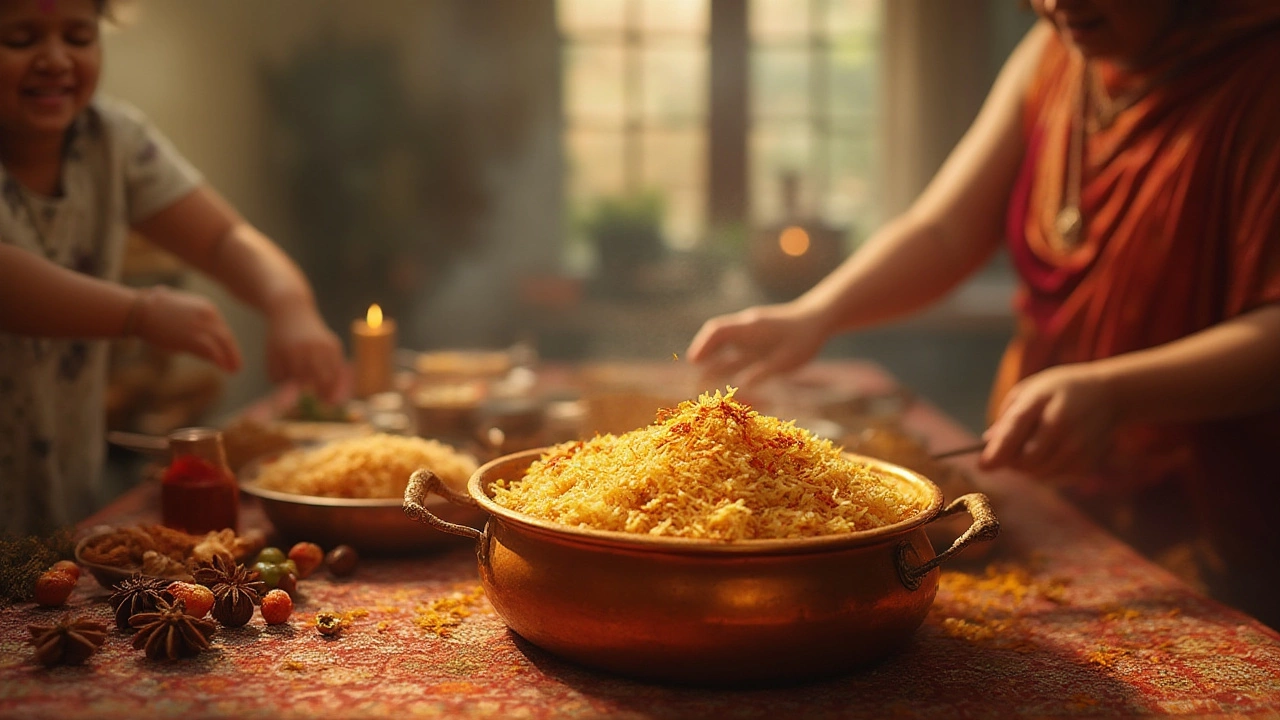Biryani Secrets: Easy Tips for Perfect Homemade Biryani
If you think biryani is only for chefs, think again. With a few simple tricks you can get fluffy rice, juicy meat, and that irresistible aroma in your own kitchen. Below you’ll find the most practical tips that cut the guesswork out of the process.
Choose the Right Rice and Soak It Properly
Long‑grain basmati is the gold standard. Its slender grains stay separate when cooked. Rinse the rice until the water runs clear, then soak for at least 30 minutes. Soaking lets the grains absorb water, which shortens the cooking time and prevents the rice from turning mushy.
When you’re ready to cook, use a 1:1.5 rice‑to‑water ratio for the first boil. Boil until the grains are about 70% done – they should still have a slight bite. Drain the rice and set it aside. This step is the backbone of a fluffy biryani.
Master the Spice Layer
Flavor comes from two places: a blended spice mix (often called biryani masala) and whole spices that give depth. For the blend, toast coriander, cumin, fennel, and black pepper for a minute, then grind them with dried chilies, cardamom, and cloves. A tablespoon of this mix per kilogram of meat is a good start.
Whole spices like bay leaves, cinnamon sticks, and the mysterious “black things” – usually black cardamom, cloves, or peppercorns – stay in the pot during the dum (steam) stage. They release subtle notes that make each bite interesting. Don’t fear them; just remember to remove any large pieces before serving.
Layering is simple: start with a thin layer of ghee or oil, add the cooked meat and gravy, then spread the partially boiled rice over the top. Sprinkle fried onions, chopped mint, cilantro, and a few drops of saffron‑infused milk. Cover tightly with a lid or foil to trap steam.
Now comes the dum. Cook on the lowest heat for 20‑25 minutes. No need to stir – that would break the rice. The steam inside finishes cooking the rice and lets all the flavors meld together.
When you lift the lid, use a gentle hand to fluff the rice and mix the layers. You’ll see the colors of the spices swirl through the grains – that’s the secret sign you’ve nailed it.
Quick sanity check: if the rice is still hard, add a splash of hot water, re‑cover, and give it another 5 minutes. If the rice is mushy, it’s a sign the initial boil was too long – next time reduce the cooking time before draining.
These straightforward steps turn a daunting dish into a repeatable recipe. Whether you’re making chicken, lamb, or a veggie biryani, the same principles apply. Keep the rice separate, respect the spice layers, and let the steam do its magic. Happy cooking!
Perfect Biryani Recipe: How to Make Authentic Biryani at Home
Discover the real secrets behind what makes a perfect biryani. From rice to layering, spices to technique, learn how you can master biryani at home like never before.
